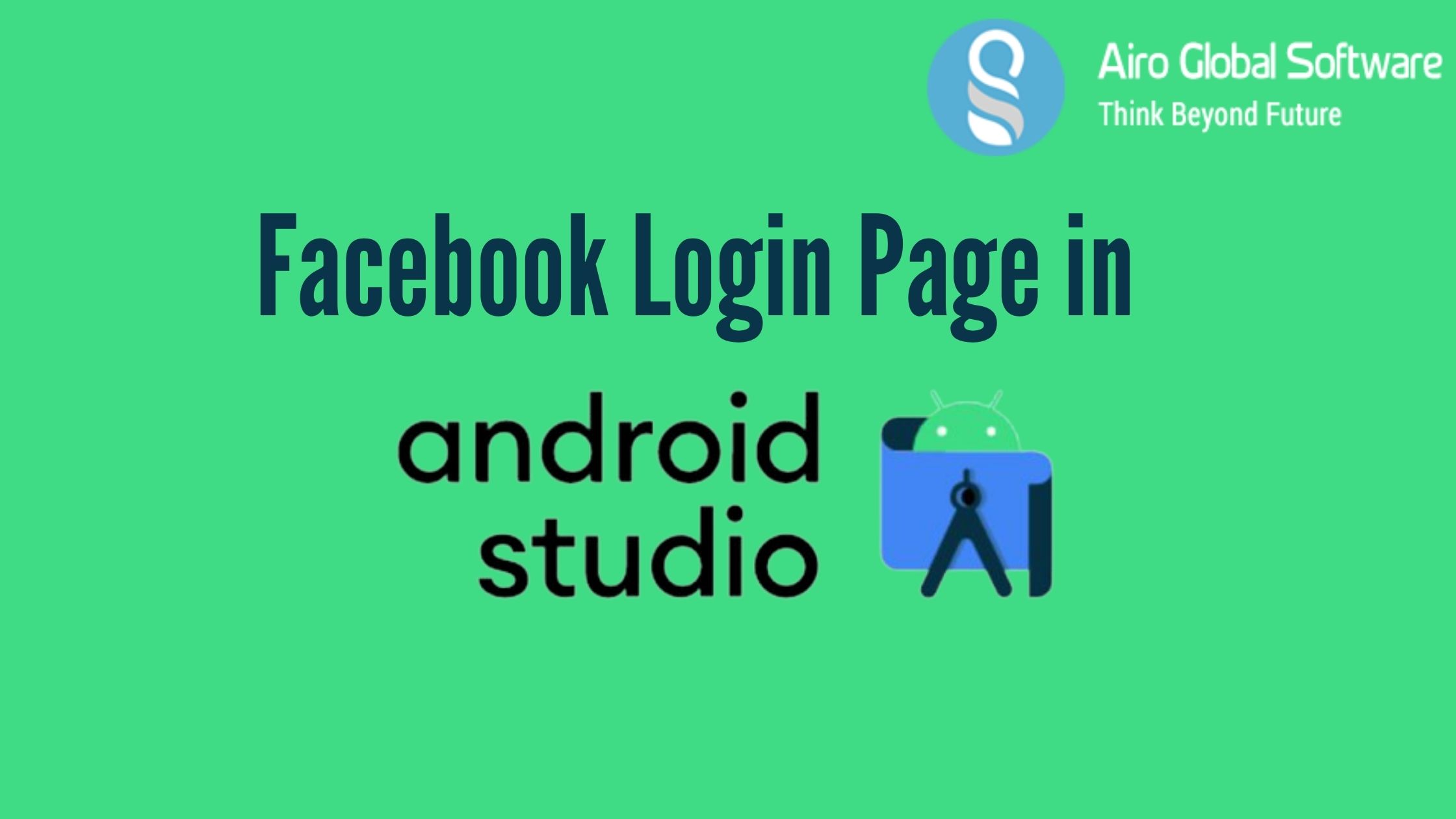Cryptocurrencies such as Bitcoin and Ethereum are evolving increasingly famous due to their many advancements over traditional fiat currencies. If you want to use any of these blockchain-related cryptocurrencies, you’ll direct to comprehend how blockchain wallets work.
This blog describes what is blockchain wallet, gives justifications as to why you might use a blockchain wallet, and explains the different kinds of blockchain wallets. It also includes blockchain wallets.
Why Use a Blockchain Wallet?
Traditional banking methods pose several issues for doing any transaction. For one thing, transactions are often lagging. For another, any transaction has to die through an intermediate, like a bank, meaning there is a major point of loss. And there are problems in maintaining track of all accounts and credits, data can get threatened, abused, or even deteriorated across numerous systems where the accounts and balances are maintained. Blockchain wallets reduce or delete these issues.
What is a Blockchain Wallet?
A blockchain wallet is a cryptocurrency wallet that permits users to handle different types of cryptocurrencies—for instance, Bitcoin or Ethereum. A blockchain wallet helps someone deal with funds efficiently. Transactions are unassailable, as they are signed. The wallet is available from web devices, including mobile ones, and the privacy and individuality of the user are supported. So a blockchain wallet delivers all the qualities that are required for safe and secure transfers and interactions of funds between different parties.
It is very comparable to the method of sending or accepting money through PayPal or any other gateway used today, but you use cryptocurrency rather. Examples of blockchain wallets have Electrum, Jaxx, Mycelium, and Bitcoin paper wallet. There are many more established on the requirements you have and the security you demand.
How Do Blockchain Wallets Work?
First, let’s examine what private and public keys are and how these legends are related to a blockchain wallet. Whenever you construct a blockchain wallet, you are supplied with a private key and a public key that is associated with your wallet. Let’s use email as an example. If you like to receive an email from someone, you give him or her your email address.
But giving out your email address doesn’t mean a person will be capable to send out emails via your account. Someone would have to understand your email account’s password to do that. Blockchain wallets pursue a matching process using a public key and a private key together. A public key is equal to your email address, you can present it to anyone. When your wallet is developed, a public key is developed, and you can share the public key with anyone in order to receive funds.
The private key is top secret. It’s equal to your password, it should not get felled and you should not tell it to anyone. You use this private key to expend your funds. If someone gets entry to your private key, there is a high chance that your account is compromised, and you might end up losing all the cryptocurrency deposits in your account.
Blockchain Wallet Features
Now that you understand how Blockchain wallets function, it is crucial that you should know about their characteristics. Here are some of the essential elements of Blockchain wallets:
- Satisfied to use. It’s just like any other software or wallet that you utilize for your day-to-day transactions.
- Highly secured. It is just a case of booking your private key.
- Allows instant trades across geographies. And these are barrier-free, without mediators.
- Low trade fees. The cost of transferring funds is much more inferior than with traditional banks.
- Allows transactions across numerous cryptocurrencies. This allows you to do easy currency conversions.
Blockchain Wallet Types
There are two kinds of blockchain wallets established on private keys, hot wallets and cold wallets. Hot wallets are like regular wallets that we hold for everyday transactions, and these wallets are user-friendly. Cold wallets are identical to a vault, they store cryptocurrencies with a high level of security.
Hot Wallets and Cold Wallets
Hot wallets are online wallets through which cryptocurrencies can be transferred fast. They are open online. Examples are Coinbase and Blockchain.info. Cold wallets are digital offline wallets where the dealings are signed offline and then announced online. They are not held in the cloud on the internet, they are kept offline to have high safety.
With hot wallets, private keys are kept in the cloud for more rapid transfer. With cold wallets, keys are in various hardware that is not related to the internet or they are kept on a paper document. Hot wallets are comfortable to access online 24/7 and can be accessed via a desktop or mobile device, but there is the chance of unrecoverable theft if felled. With cold wallets, the process of the transaction benefits in guarding the wallet against unauthorized entry.
Wallets are three kinds:
- Software wallets.
- Hardware wallets, which you pack into your USB drive.
- Usual paper-based wallets, for which you publish your public key and private key on a piece of paper and keep it in a safe place.
Software Wallets
A software wallet that is downloaded on a machine, it could be a desktop or a mobile device, or it could be a web-based wallet that can be accessed online. Breadwallet, Jaxx, and Copay are widespread software wallets. We can further classify software wallets as desktop wallets, online wallets, and mobile wallets.
Desktop Wallets
Desktop wallets are cold wallets in which the private keys are held in cold servers. You can open the wallet from the Internet, do some offline commerce, and then bring it back online. In case the central server is lost, then a cold server, essentially your desktop, is operated as a backup server.
These wallets can be installed on any system but can be accessed only from the system they are established on, so you make certain the desktop or the device on which you are downloading the desktop wallet is secure, and that you’re supporting the hardware and not allowing the machine go anywhere.
These wallets are undoubtedly cost-efficient. Electrum is a popular desktop wallet.
Online Wallets
These are other types of hot wallets that operate on the Internet. Users have the advantage of accessing these wallets across any machine. It could be on any device, or you can need it from your mobile browser. The private keys are held online and are controlled by a third party. For example, GreenAddress is a Bitcoin wallet that is known on the web, has an Android app, is available on a desktop, and also is available on iOS.
Mobile Wallets
Mobile wallets are comparable to online wallets save that they are made only for mobile phone use and accessibility. These wallets have a user-friendly interface that allows you to do transactions efficiently. Mycelium is a mobile wallet.
Hardware Wallets
A hardware wallet is a type of cold storage machine, generally like a USB, that supplies the user’s private key in a covered hardware device. These wallets are identical to portable devices that can be attached to the computer. As noted before, they are less prone to negative attacks and are hack-proof. Ledger, Trezor, and KeepKey are the top hardware wallets on the market.
To make marketing from your hardware wallet, you have to confirm that the hardware wallet is plugged into your computer system.
Paper Wallets
A paper wallet is an offline method for storing cryptocurrencies. The wallet contained both your private key and public key, which are accessed using a QR code. Since these wallets are safe, they are widely used for holding large amounts of cryptocurrencies. Bitcoin Paper Wallet and MyEtherWallet have used paper wallets.
A paper wallet functions with your software wallet to move funds from your software wallet to the general address displayed on your paper wallet. First, you park your funds in a software wallet, then you share the funds from your software wallet to the public address printed on the paper wallet.
Blockchain Wallets Comparison
Blockchain.info is a wallet that supports both Bitcoin and Ethereum. It is comfortable to operate and has a low transaction fee. It has an API that is revealed, so you can easily make your own custom wallets.
Ledger Nano S is a hardware wallet that delivers high protection for your account. It is known for Bitcoin, Ethereum, and Litecoin. It is also likely to maintain numerous accounts and access them anytime.
A Bitcoin paper wallet allows you to print your own tamper-resistant Bitcoin wallet. It minimizes the threat of hacking.
Jaxx allows a user to trade currencies within the wallet. It is known for Bitcoin, Ethereum, Litecoin, and many other cryptocurrencies. With Jaxx, a user can view his or her balance as soon as the processing is finished.
If you have any doubts about the above topic. Don’t hesitate to contact us, Airo Global Software, we are one of the top blockchain wallet development companies in India.
E-mail id: [email protected]
 Author - Johnson Augustine
Author - Johnson Augustine
Chief Technical Director and Programmer
Founder: Airo Global Software Inc
LinkedIn Profile:www.linkedin.com/in/johnsontaugustine/

 Author - Johnson Augustine
Author - Johnson Augustine
 Author - Johnson Augustine
Author - Johnson Augustine
 Author - Johnson Augustine
Author - Johnson Augustine

 Author - Johnson Augustine
Author - Johnson Augustine

 Author - Johnson Augustine
Author - Johnson Augustine


 Author - Johnson Augustine
Author - Johnson Augustine